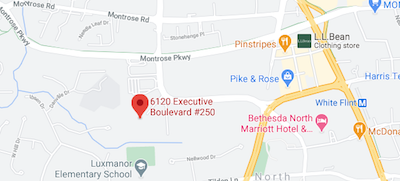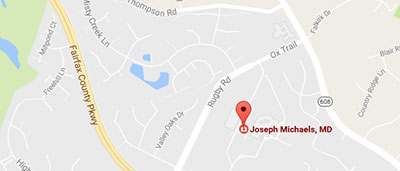 On Tuesday, April 28, I had the privilege of being part of a team of surgeons that performed a surgery to remove excess skin from Paul Mason, a 54-year old British citizen with the former designation of the “Heaviest Man in the World.” Mr. Mason was previously a record 980 pounds before undergoing gastric bypass surgery, with a 650 pound weight loss as a result. Although he was a much lighter 330 pounds, Mr. Mason still had approximately 100 pounds of excess skin on his arms, legs and abdomen that was causing him problems with mobility as well as recurrent infections.
On Tuesday, April 28, I had the privilege of being part of a team of surgeons that performed a surgery to remove excess skin from Paul Mason, a 54-year old British citizen with the former designation of the “Heaviest Man in the World.” Mr. Mason was previously a record 980 pounds before undergoing gastric bypass surgery, with a 650 pound weight loss as a result. Although he was a much lighter 330 pounds, Mr. Mason still had approximately 100 pounds of excess skin on his arms, legs and abdomen that was causing him problems with mobility as well as recurrent infections.
Our team performed a panniculectomy, which is a procedure that removes the hanging apron of skin, or pannus, from below the belly button that is left as a result of significant weight loss. We also removed excess skin from both of Mr. Mason’s legs. The total weight of the skin removed was 50 pounds. And although this was the first of at least two, if not more, surgeries needed to remove the majority of excess skin from Mr. Mason’s body, it was a life-changing step in his weight loss journey, and one that I was both privileged and excited to be a part of.
https://youtu.be/GEEqtS39eLc
Solving the Issue of Excess Stomach Skin after a Significant Weight Loss
A panniculectomy, like the one performed on Mr. Mason, is a medically necessary surgery that removes the hanging skin from the lower portion of the abdomen that remains following significant weight loss. This excess skin often creates a host of problems, including infections, skin ulcers and hygiene problems as a result of bacteria breeding under the skin fold, making for an uncomfortable and unsightly experience for the person with this condition.
Excess skin on the abdomen also causes difficulties walking and performing the exercise needed to maintain or lose further weight. The goal of a panniculectomy is to remove the excess fat and skin that overhangs this region.
Panniculectomy vs. Tummy Tuck: Which Do You Need?
If you’re wondering whether you need a panniculectomy or a tummy tuck, let me help you by making you aware of a few distinctions between the two. Firstly, a panniculectomy is a medical, not a cosmetic, procedure. The purpose of a panniculectomy is to alleviate discomfort and to address the complications that result directly from the excess skin, not necessarily to make the area look better. The fact that a panniculectomy is a medically necessary procedure also means that patients who qualify may have their procedure covered, in part or in full, by their insurance.
Patients who opt for a panniculectomy over a tummy tuck usually have a more significant amount of excess skin in the lower abdomen for removal. And although a panniculectomy will create a slightly better appearance, it will not lead to the same results as a tummy tuck, which includes tightening of the abdominal muscles, preservation of the umbilicus (belly button), elevation of the pubic area (monslift) and removal of excess fat and skin from the upper abdomen. Some patients desire the cosmetic results of a tummy tuck, but are also having medical problems related to the hanging skin in the lower abdomen. In these cases, patients undergo both a panniculectomy and a tummy tuck, and insurance may cover (in part or in full) the cost of the panniculectomy while the patient pays for the cosmetic portion of the tummy tuck.
Curious about Excess Skin Removal?
Are you struggling with loose skin as a result of significant weight loss? Or is your problem less severe, and you just want a flatter stomach? Either way, we offer great options to help you to achieve your goals. During your personal consultation, we can discuss the details of a procedure that will be tailored to meet your needs. Call (301) 468-5991 today to schedule your thorough consultation.








